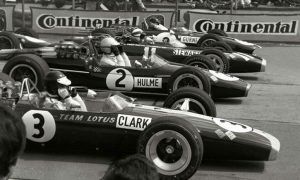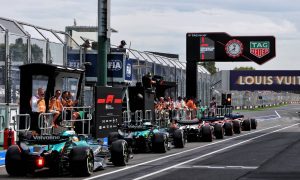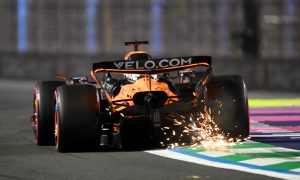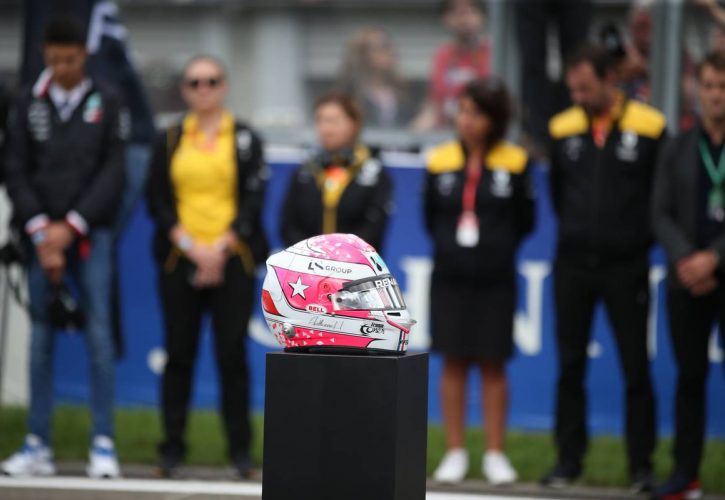
The FIA's investigation into the tragic F2 accident at Spa that claimed the life of Anthoine Hubert has cleared the drivers involved of any responsibilities.
Hubert died as a result of massive injuries sustained when his car was struck at full speed at the top of Raidillon corner by Juan Manuel Correa, who suffered severe leg injuries in the crash.
The chaos that emerged at Raidillon on the second lap of the F2 feature race at Spa-Francorchamps involved Hubert and Correa, but also Ralph Boschung and Giuliano Alesi, with events triggered by the latter losing control of his car in the middle of the car.
However, the FIA report highlighted "a reasonable probability that a loss of internal pressure of the right rear tyre contributed to the loss of control of Alesi’s car".
"In the meantime, Juan Manuel Correa was approaching the scene of Giuliano Alesi’s accident. He was travelling approximately on the racing line, towards the right-hand side of the track on the exit of Turn 4 when he hit debris left behind from Giuliano Alesi's car.
"The impact with the debris was approximately 1.5 seconds after the yellow flag had been deployed and it resulted in front-right suspension damage and the loss of the front wing, causing Juan Manuel Correa to lose control.
"His car veered to the right, off track and into the run-off area of Turn 4, setting him on a trajectory that would result in the car-to-car impact with Anthoine Hubert 1.6 seconds later.
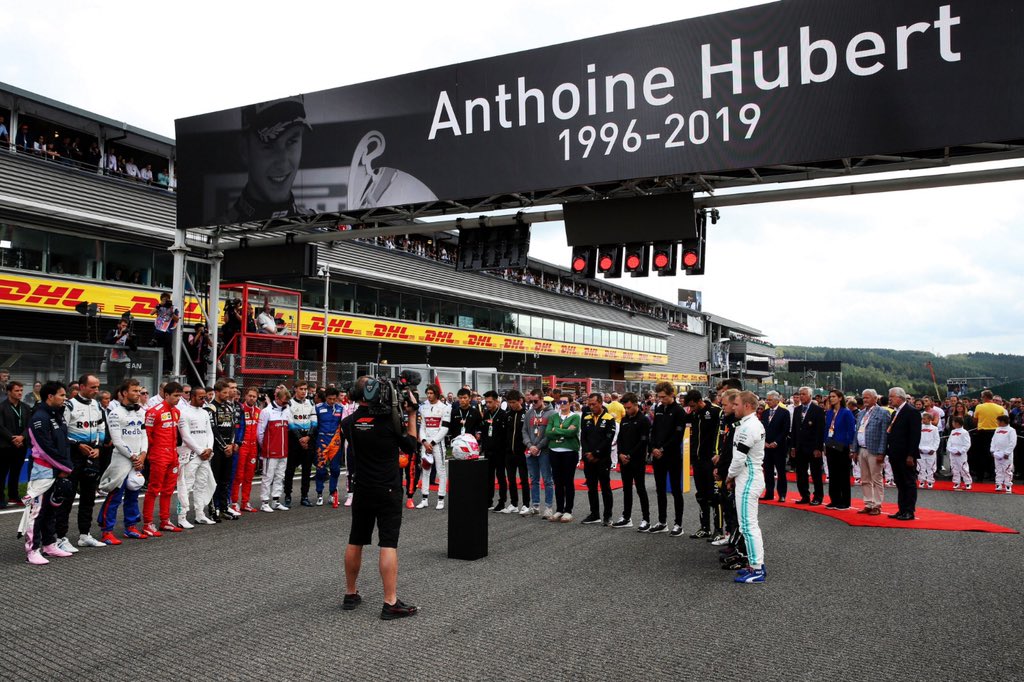
"Juan Manuel Correa hit the left-hand side of Anthoine Hubert’s car at an approximate angle of 86 degrees and a speed of 218 km/h, while the car of Anthoine Hubert was virtually stationary. Car #12 (Juan Manuel Correa) and Car #19 (Anthoine Hubert) experienced a resultant peak force equivalent to 65.1g and 81.8g.
In summary, the findings of the FIA's investigation are as follows:
• A chain of events resulted in a protracted and complex crash sequence involving four drivers, which ultimately led to a high-speed ‘T-Bone’ type impact between the cars of Juan Manuel Correa and Anthoine Hubert.
• The dynamics of the car-to-car impact in terms of speed and trajectory were such that an extremely high level of energy was transferred and dissipated, translating into non-survivable trauma to Anthoine Hubert and very serious injuries to Juan Manuel Correa.
• There was no single specific cause but multiple contributory factors giving rise to the severity of the accident were identified, following a detailed analysis of the various phases of the accident.
• The investigation found no evidence that any driver failed to react appropriately in response to the yellow flag signal or to the circumstances on track.
• The reaction of marshals and race control in deploying signaling and rescue services in relation to the accident is considered timely and good.
"Safety improvement is a continuous process, therefore conclusions drawn from this accident and others like it from around the world will be integrated into the ongoing work of the FIA to further develop motor sport safety," concluded the FIA.
Keep up to date with all the F1 news via Facebook and Twitter



